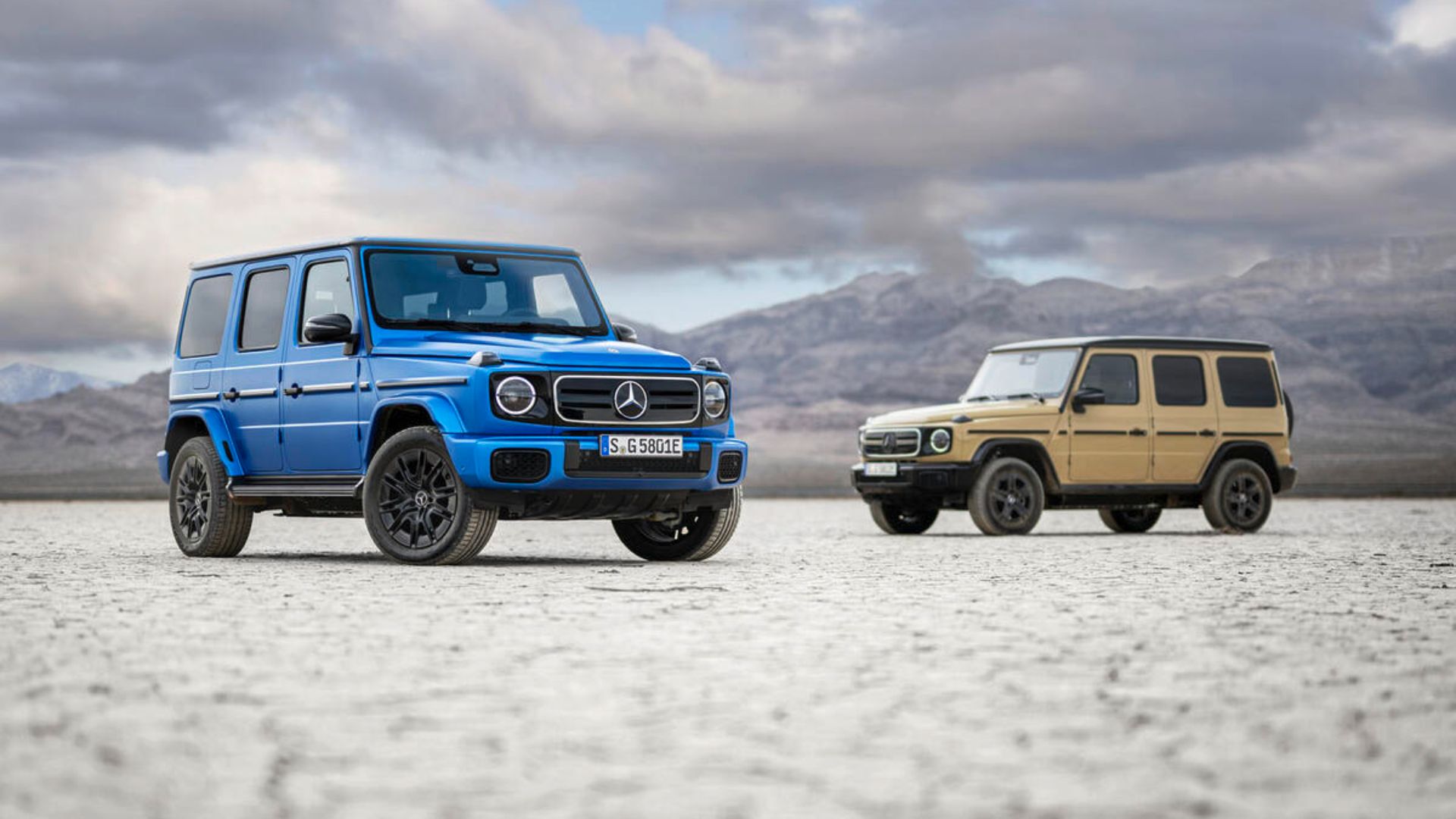Mercedes-Benz is doubling down on its strategy to develop separate platforms for internal combustion engine (ICE) and electric vehicle (EV) models as long as there is market demand for both. CEO Ola Källenius confirmed the brand’s commitment to offering customers the best possible vehicles in both categories, highlighting the need for bespoke architectures to achieve uncompromised performance, space, and technology.
Källenius cited the upcoming S-Class, expected in late 2028, as an example of this approach. “If you don’t believe that the market is 100% electric at that point, you have to have the choice for both,” he explained. According to Källenius, retrofitting an ICE model to be an EV, or vice versa, results in significant compromises, particularly in interior space and performance. By developing separate platforms, Mercedes ensures that both types of vehicles meet customer expectations without sacrificing any aspect of the driving experience.
He added that while developing two platforms simultaneously does increase investment costs, Mercedes plans to manage these costs intelligently. The brand will aim to make as many non-powertrain components common between ICE and EV models as possible, reducing the financial burden.
Källenius noted that the convergence of Mercedes’s ICE and EV lines has already begun, starting with the naming of the new electric G-Class as the G580, rather than the previously expected EQG designation. This shift signals the eventual phasing out of the EQ sub-brand as the company integrates its electric models more closely with their ICE counterparts.
Despite this shift, Källenius emphasized that Mercedes remains committed to EVs, reiterating that the company’s strategy to go all-electric was always dependent on “where market conditions allow.” The slow pace of EV adoption, which Källenius admitted was lower than Mercedes projected five years ago, has reinforced the need for a dual-platform approach. Mercedes initially expected a quarter of its sales to be EVs by this point; however, the current market uptake is less than half of that.
To adapt, Mercedes has invested in new generations of its combustion engines, ensuring they comply with Euro 7 emissions regulations while integrating hybrid technology. Källenius argued that this dual investment strategy positions Mercedes as one of the most adaptable and resilient of the established automakers, ready to respond to any shifts in the market.
Looking toward 2030, Källenius stated that if the market remains divided between ICE and EVs, it would be unwise to abandon a significant portion of its business. “If it’s 50:50, you’re not going to walk away from half of your business,” he explained, adding that the company will extend its ICE strategy as needed to remain competitive.
By phasing out the EQ sub-brand and merging its ICE and EV offerings under one cohesive lineup, Mercedes aims to provide customers with the best of both worlds—ensuring that regardless of market trends, the brand remains at the forefront of luxury automotive innovation.
